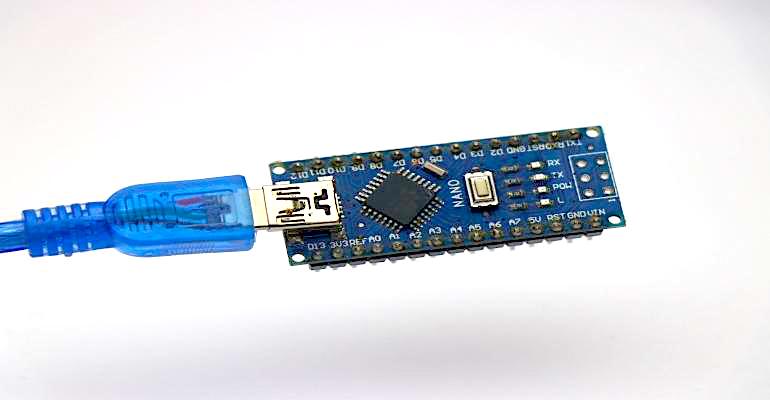How to Develop WiFi IoT with ESP8266-Arduino Devices
This free one-week course will explain the conceptual development process for creating WiFi IoT ESP8266-Arduino-based devices through prototyping.
April 15, 2022

Design News CEC participants will learn to create wireless sensors and control devices using WiFi as the communication application channel. WiFi software setup, wiring of electronic sensors, LEDs, and motors, will allow participants to build IoT devices. Further, the webinar will present a conceptual development process of creating WiFi IoT ESP8266-Arduino-based devices through prototyping.
You can also earn IEEE Professional Development Hours for participating. If you are not able to attend the class schedule, the course will be available on demand.
The free course, 2022 DEVELOPING WIFI IOT ESP8266-ARDUINO BASED DEVICES, will run April 24 through 29. All classes will consist of a 45-minute lecture and an interactive chat session beginning at 2:00 pm Eastern.

Our presenter, Don Wilcher, is an electrical engineer, technical education researcher, maker, and author. He is currently a doctoral student studying Personalized Learning and Competency-Based Instruction. He researches machine learning and artificial intelligence applications and their impact on personalized learning, competency-based Models curriculum, and instructional development in the fields of mechatronics, automation, electronics, and industrial maintenance technologies.
Milcher notes that BeagleBone Black is a Linux-based development board based on the Texas Instruments AM335x Sitara Cortex-A8 processor. The BeagleBone Black is programmed using open-source methods and GCC compilers. This lecture series will introduce the audience to the BeagleBone Black platform and walk through all of the steps that are necessary to setup the BeagleBone open-source toolset. Once the BeagleBone basics have been covered, the lectures will turn to methods that are key to developing BeagleBone applications that interface with external IoT devices. The lecture series will cover the original Ethernet-based BeagleBone Black as well as the BeagleBone Black Wireless.
Here’s Wilcher’s description of each class:
Day 1: Pre-Flight Walk Around
The first lecture in this series will focus on getting familiar with the BeagleBone Black hardware. We will also assemble a Linux-based cross-compilation environment targeting the BeagleBone Black’s AM3358 Cortex-A8 processor.
Day 2: BeagleBone Black GPIO
Today, it is all about BeagleBone Black GPIO. We will examine methods used to access the BeagleBone Black’s GPIO subsystem and write some C code to exercise the BeagleBone Black’s GPIO pins.
Day 3: Riding the BeagleBone Black Bus
Our day will be spent riding on the BeagleBone Black’s Magic Bus. The Magic Bus will make stops at the I2C, SPI, USB, Ethernet, and Serial (UART) ports. Along the way, we will use our Eclipse-based cross-compilation toolset to write some C source code that demonstrates the power of the BeagleBone Blacks’ bus subsystem.
Day 4: BeagleBone Black PRU Programming
The BeagleBone Black has the capability of executing precise timing events using a pair of PRUs (Programmable Real-Time Units). Today, we will install TI’s Code Composer Studio (CCS) and a PRU C compiler. The coding assignment for today is to write some example C source code that targets the BeagleBone Black’s set of PRUs.
Day 5: BeagleBone Black Wireless
In this final installment, we will bring up our BeagleBone Black Wireless and connect to IoT devices using Wi-Fi.
Use this link, 2022 DEVELOPING WIFI IOT ESP8266-ARDUINO BASED DEVICES to register for the free course.
About the Author(s)
You May Also Like





